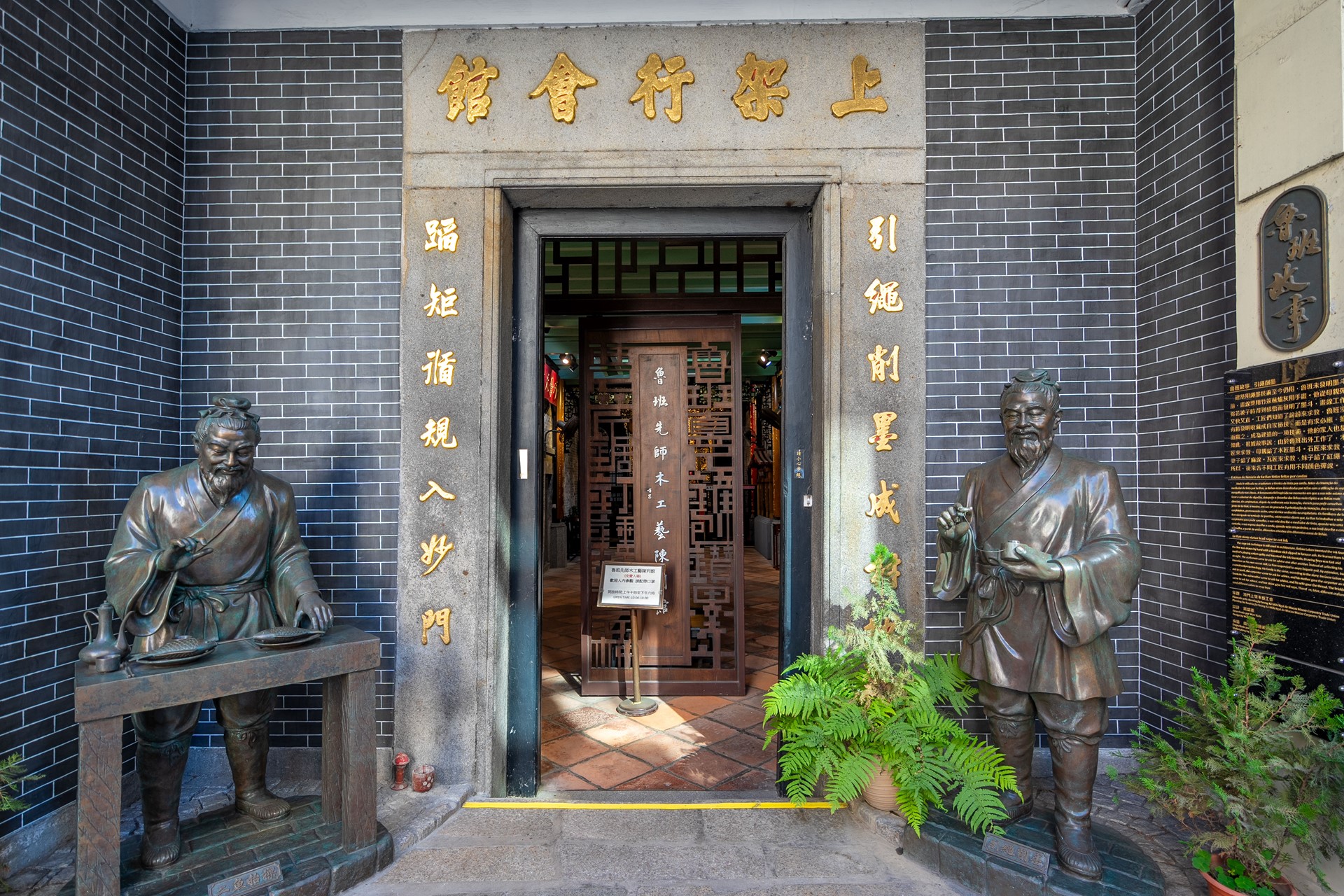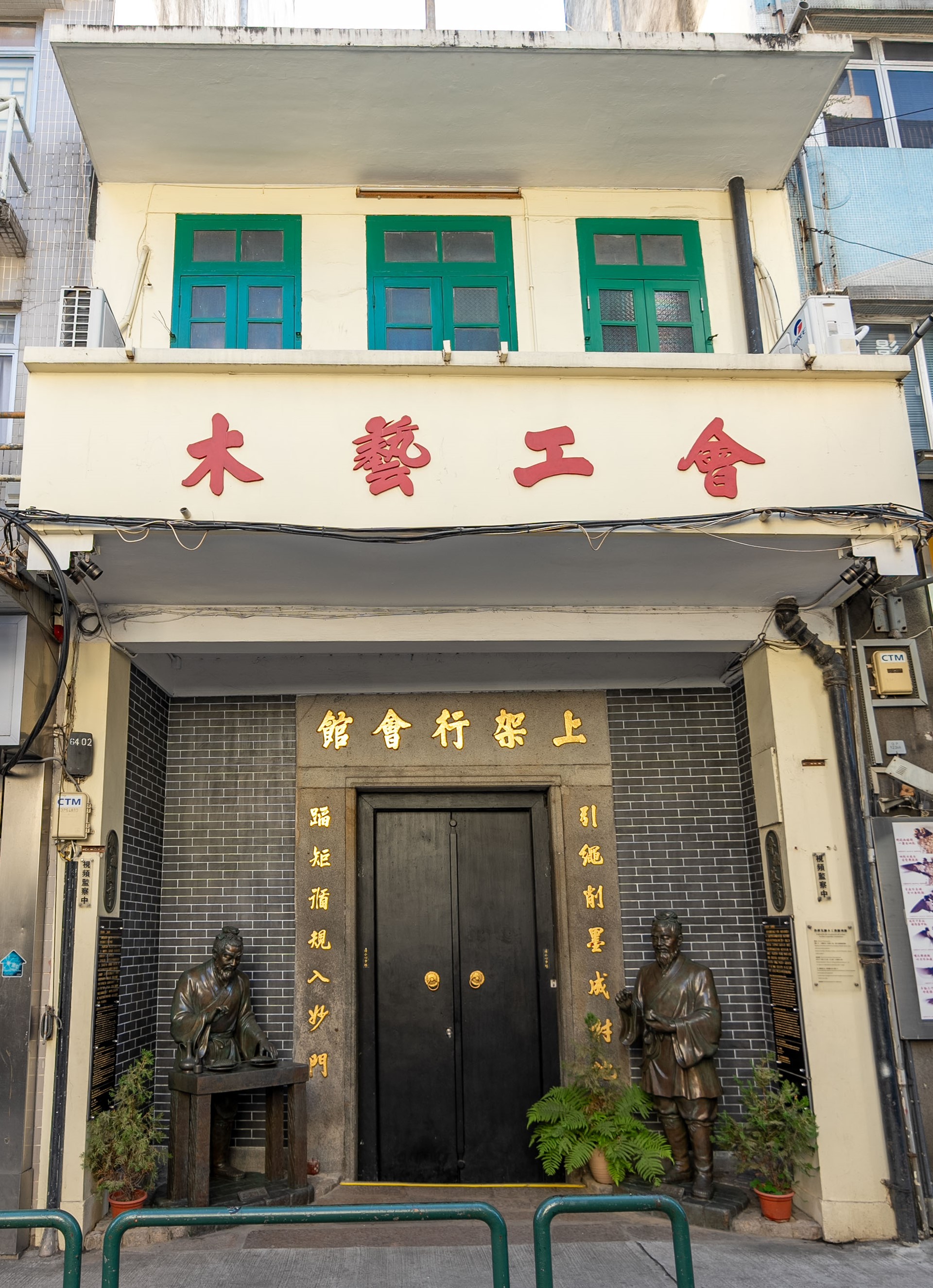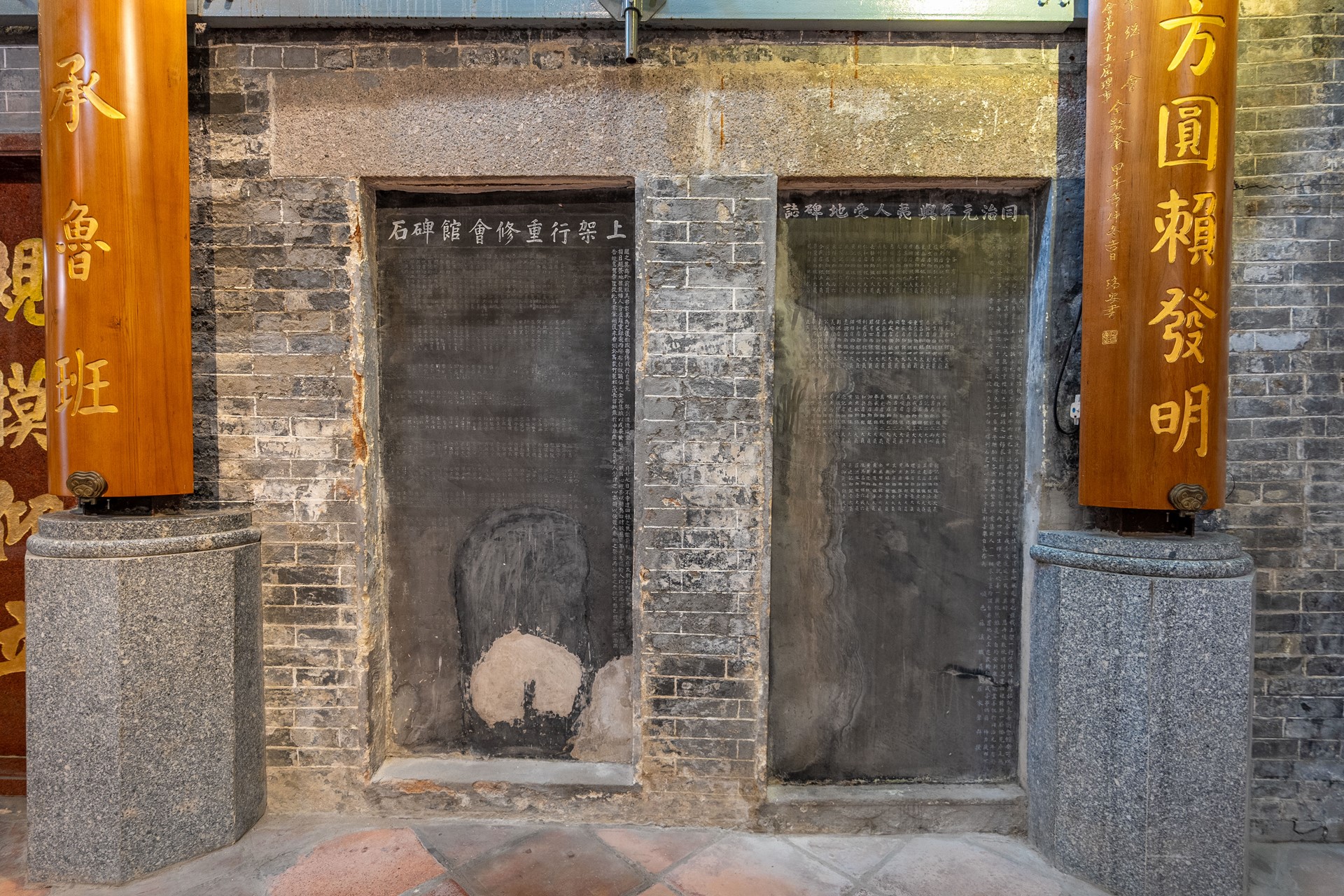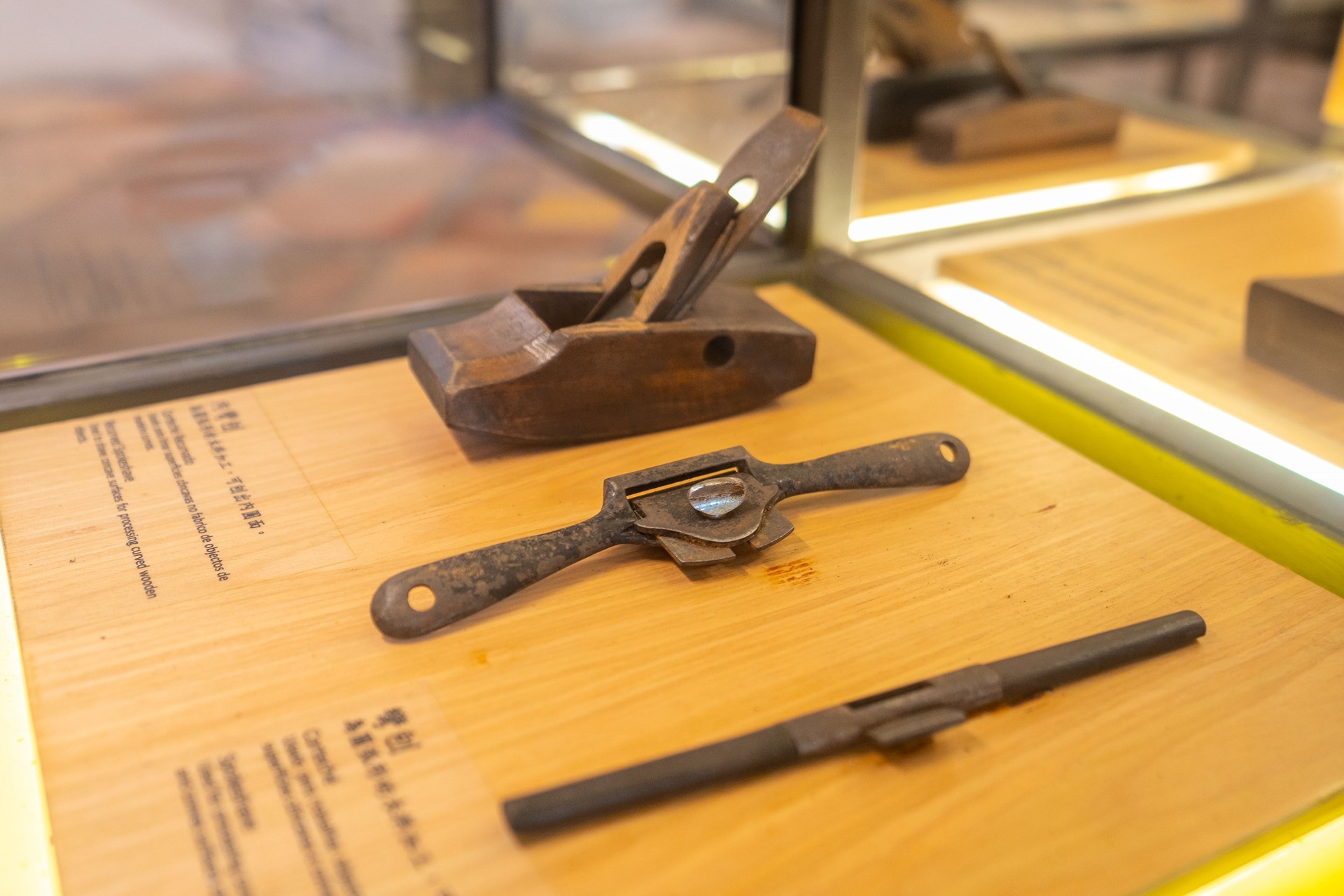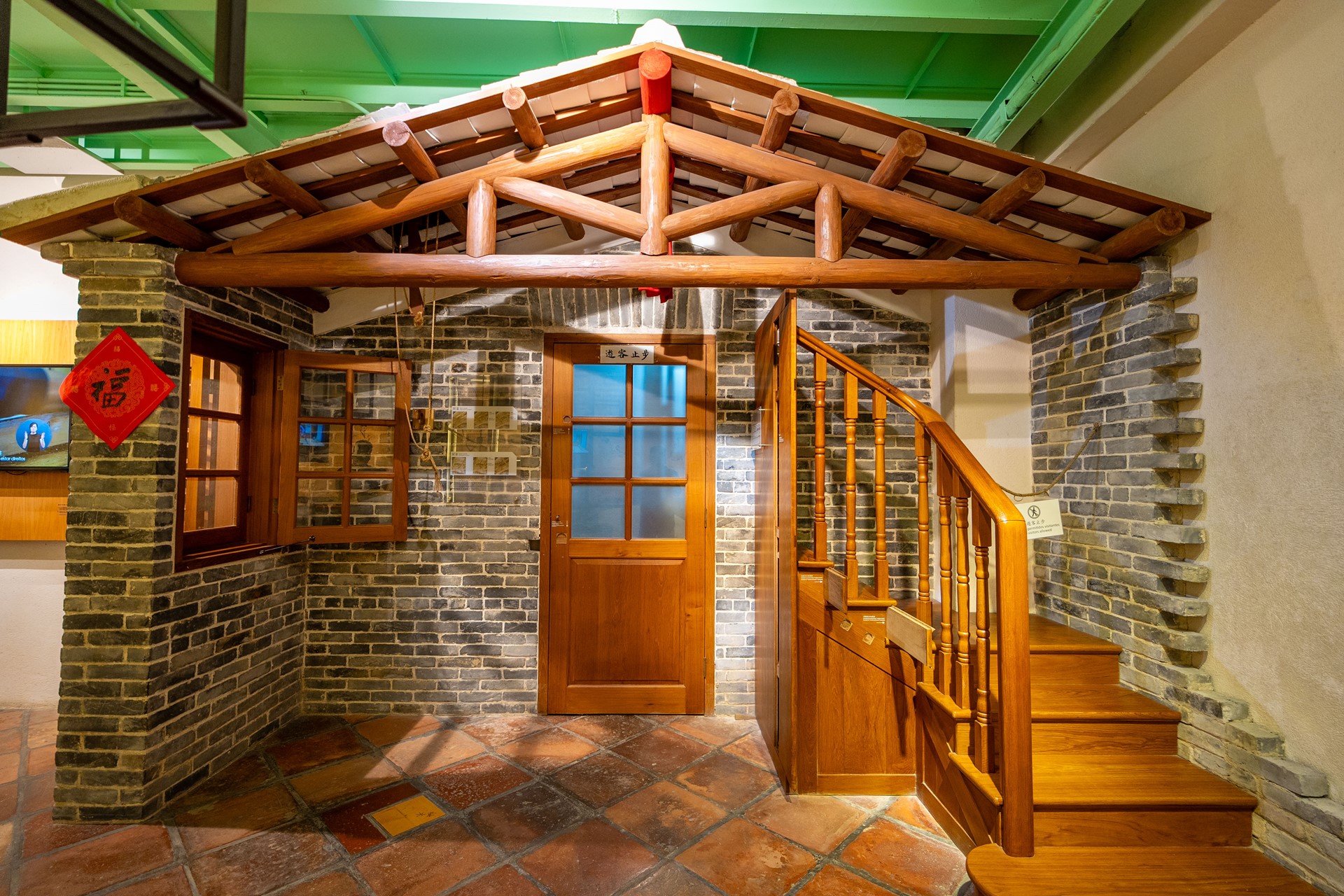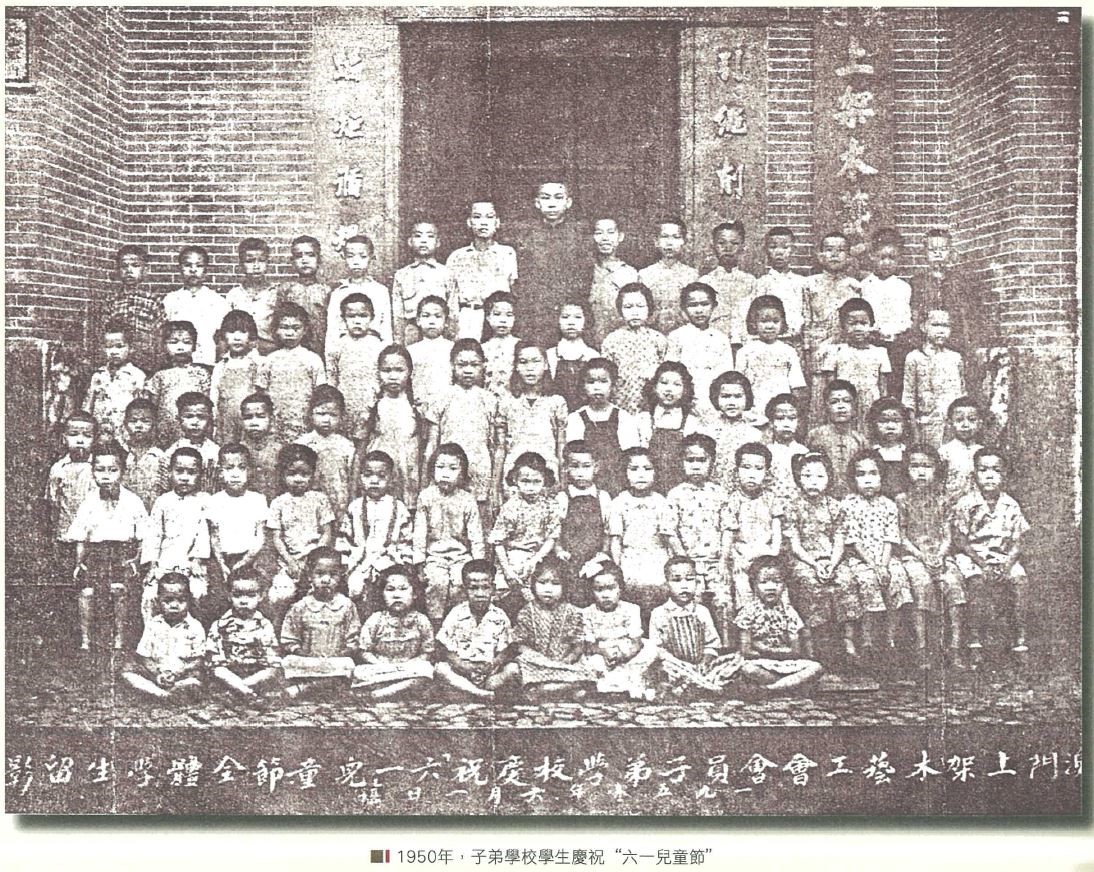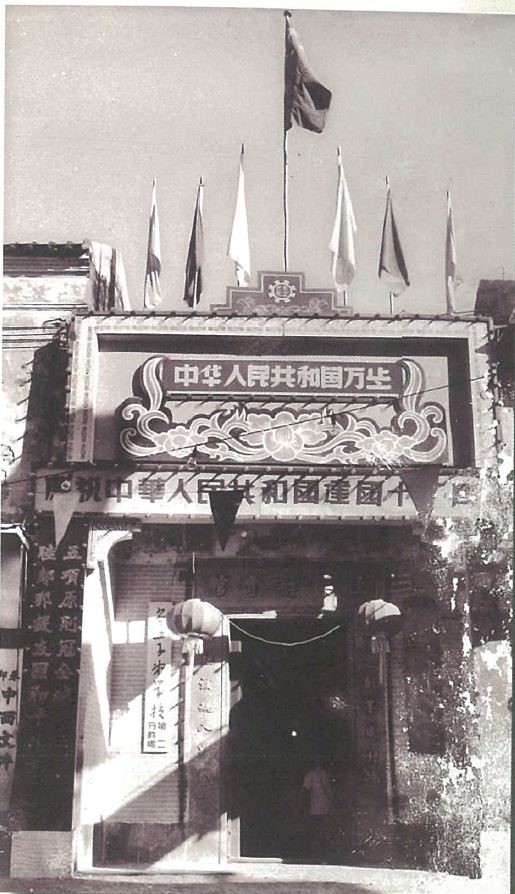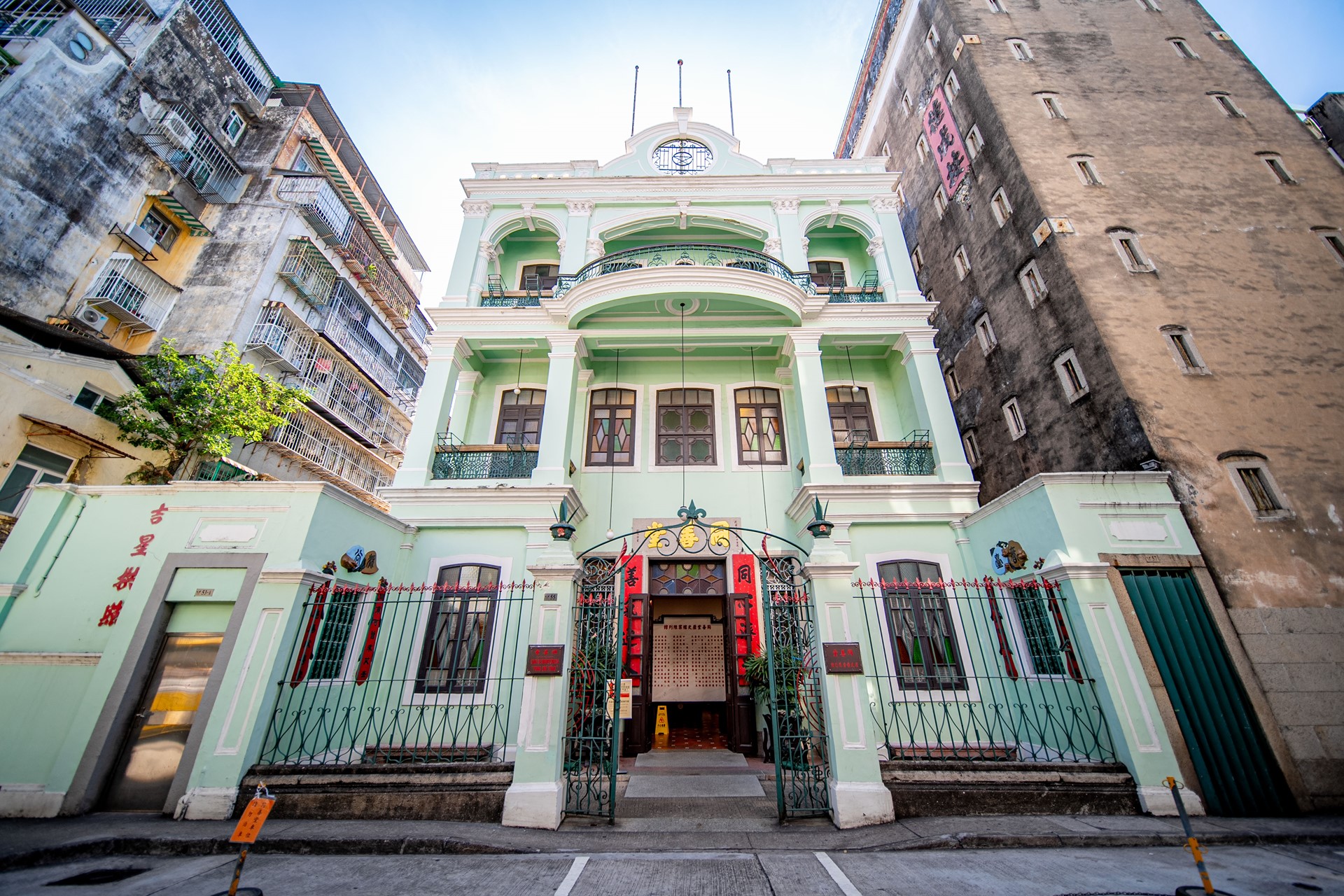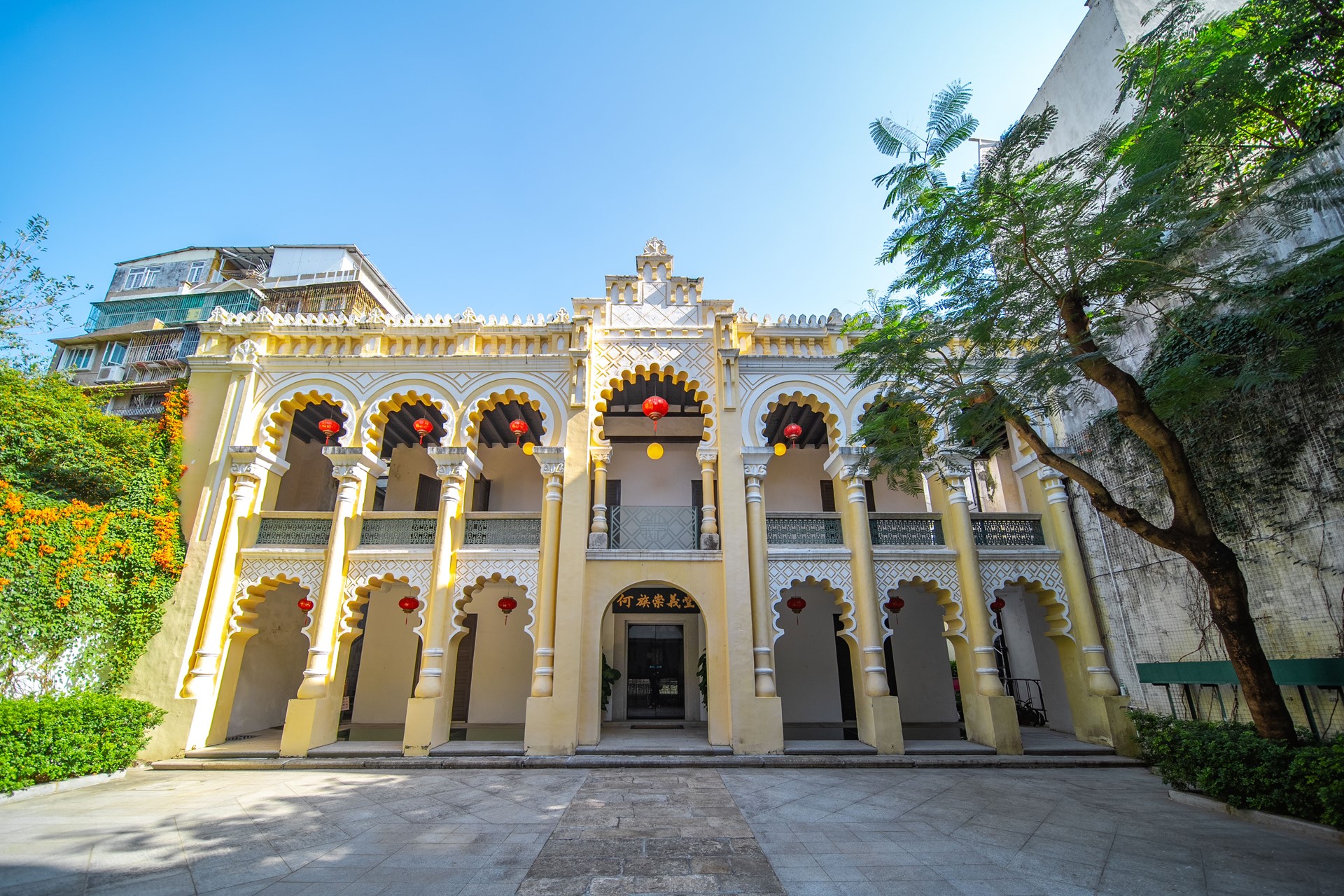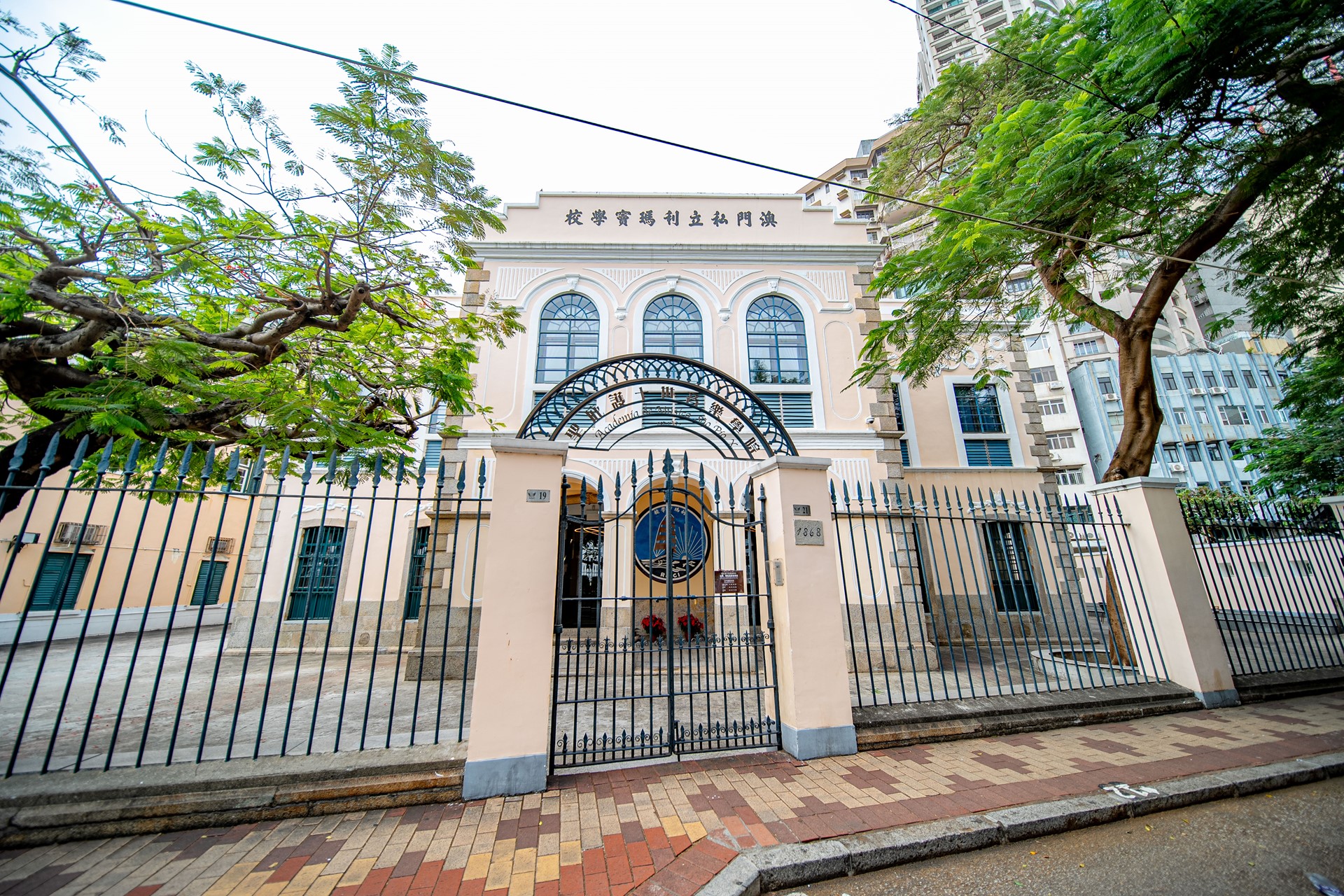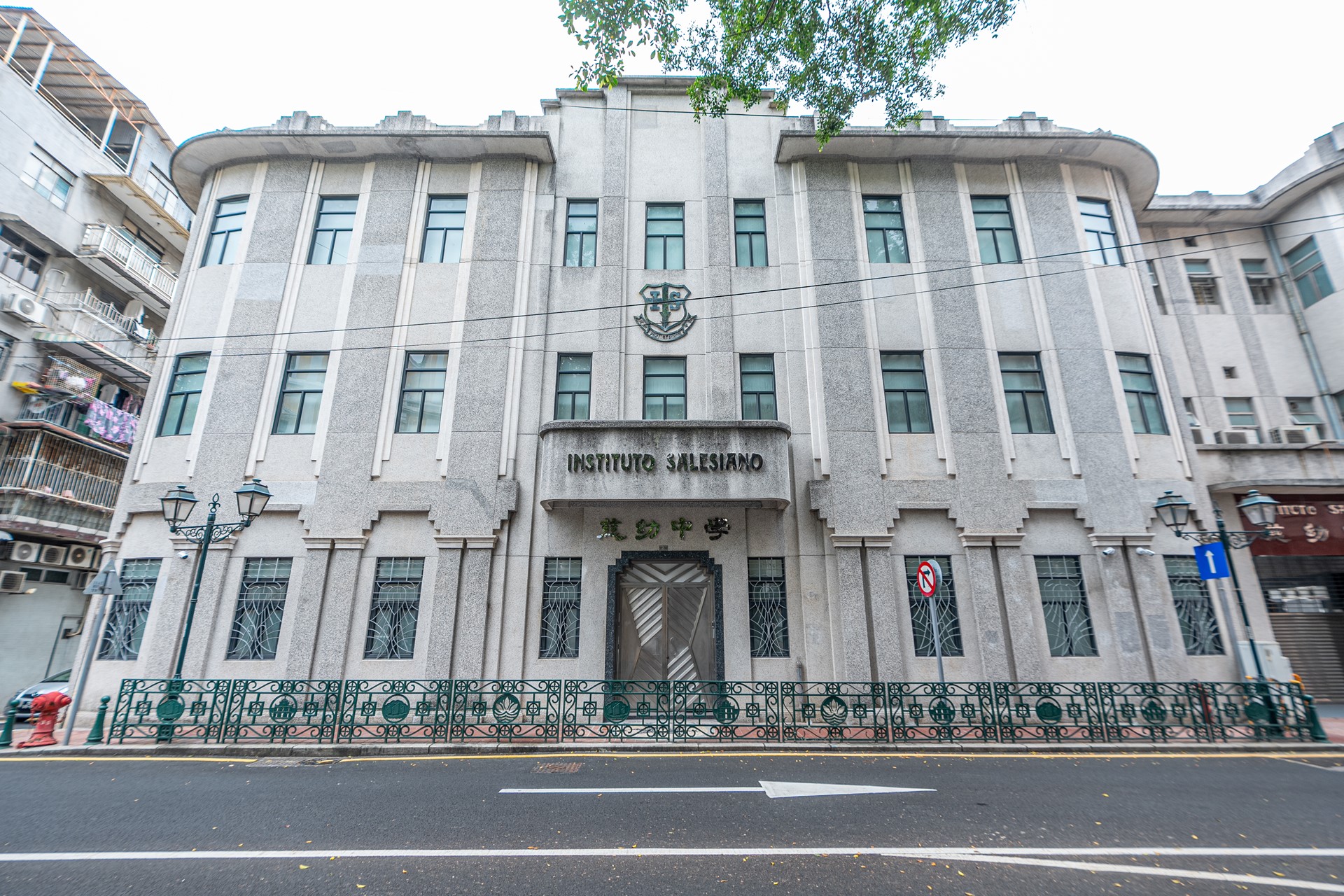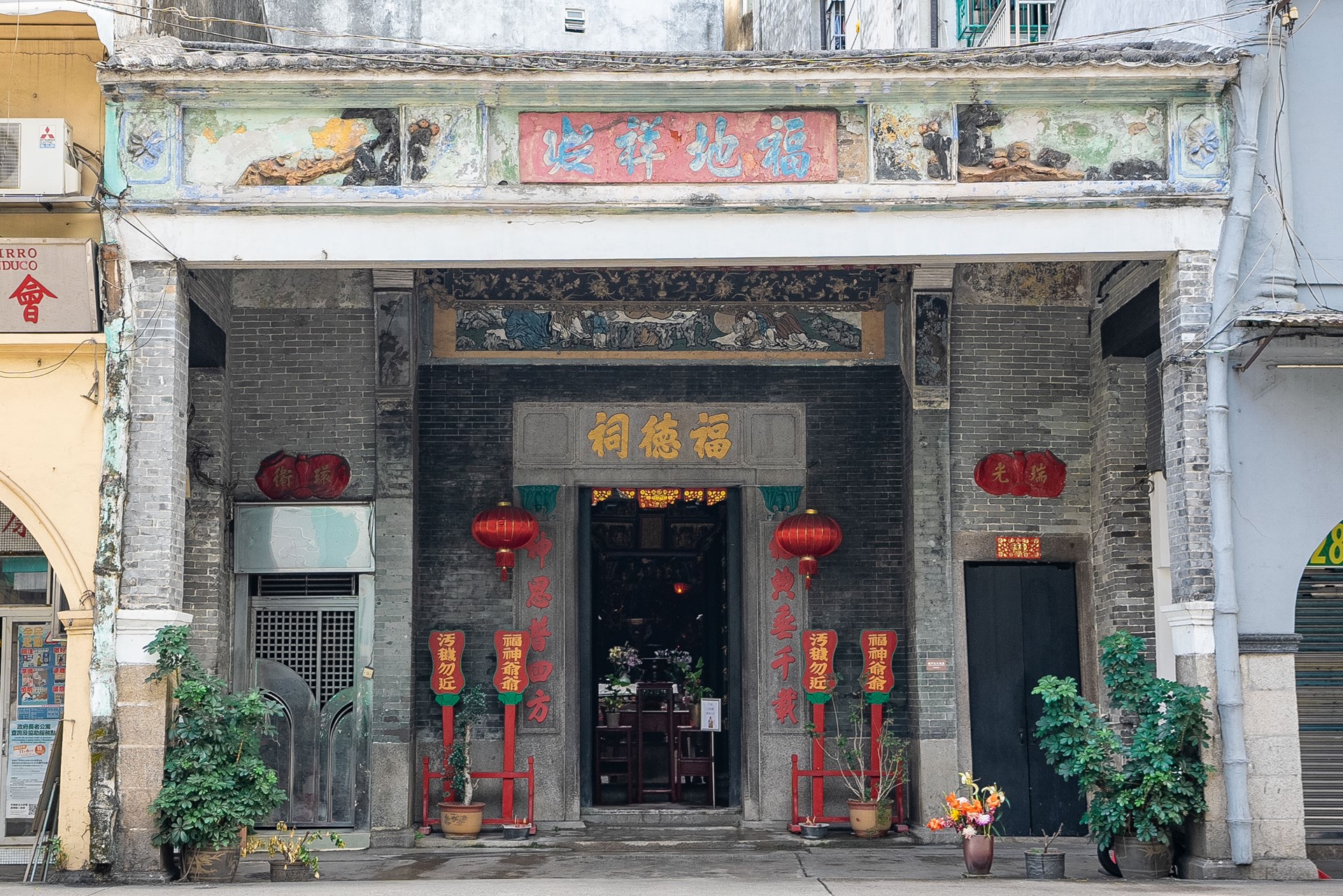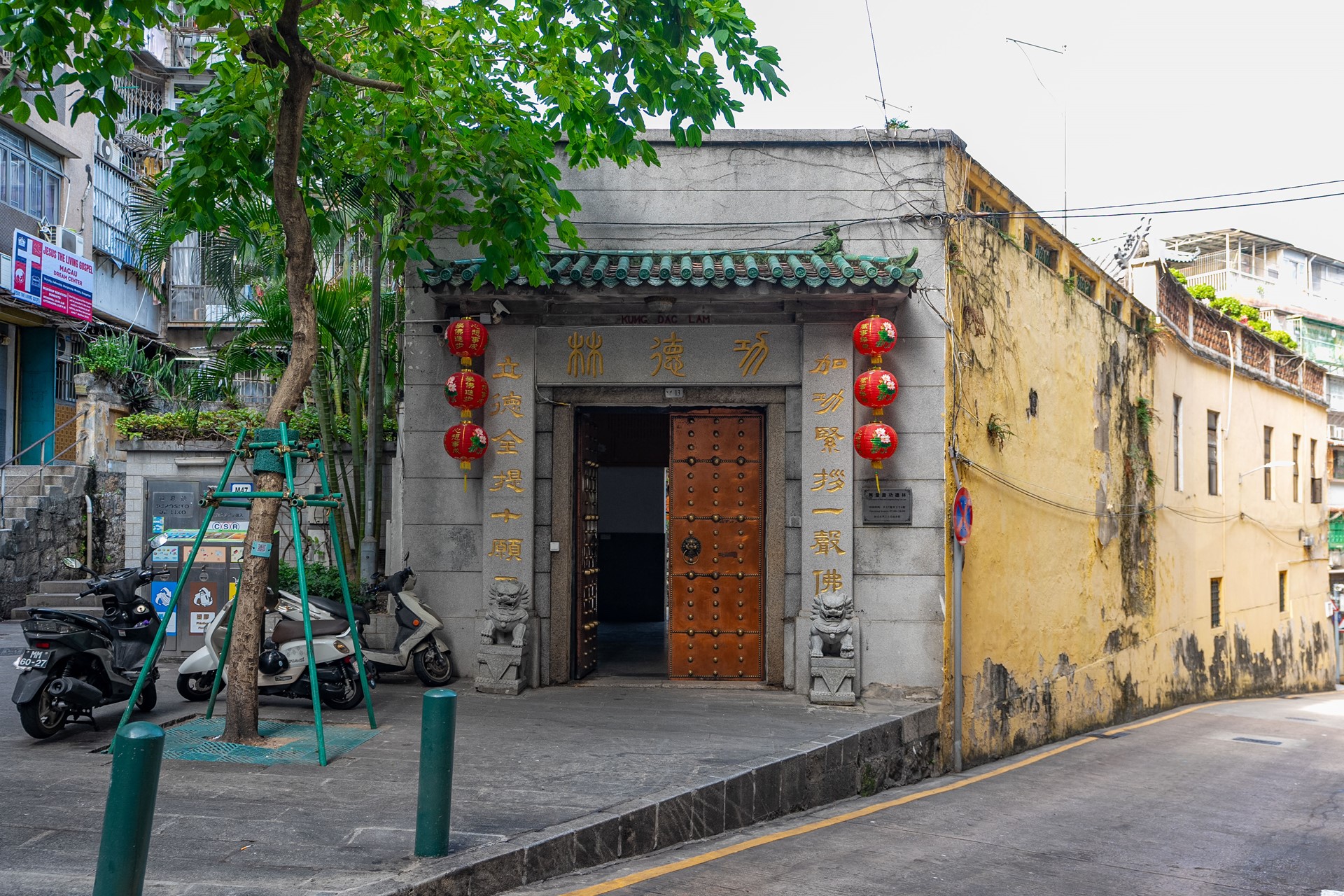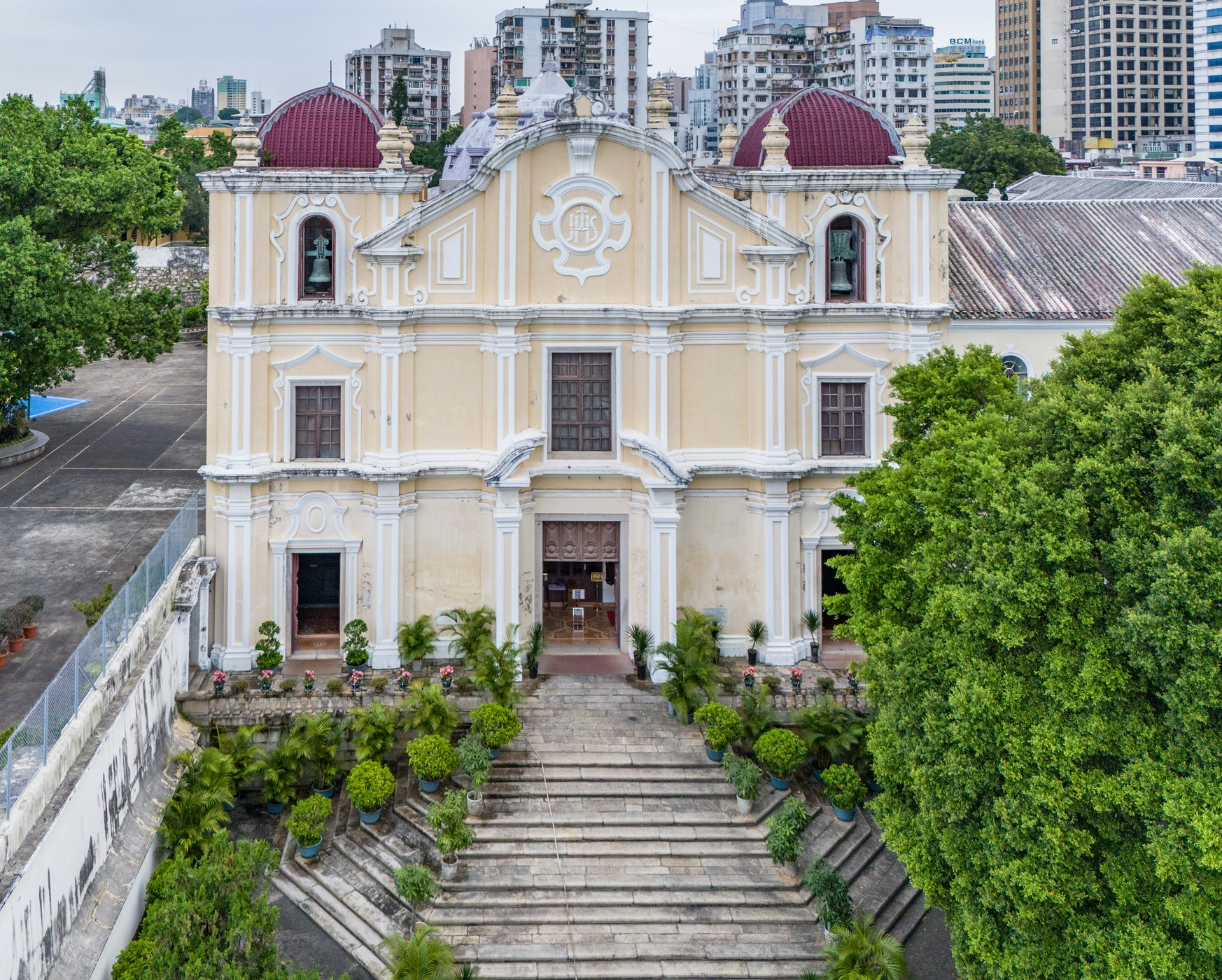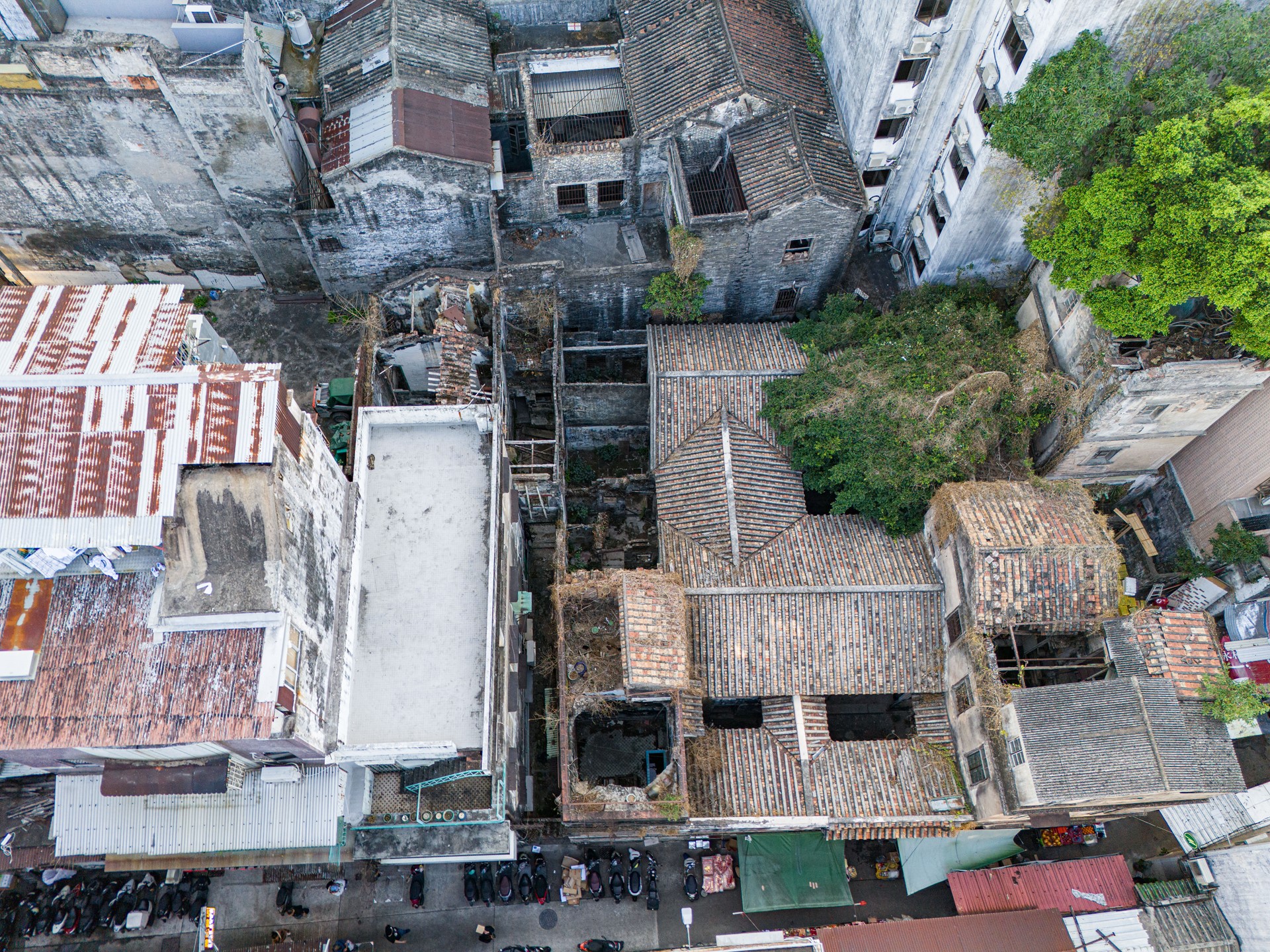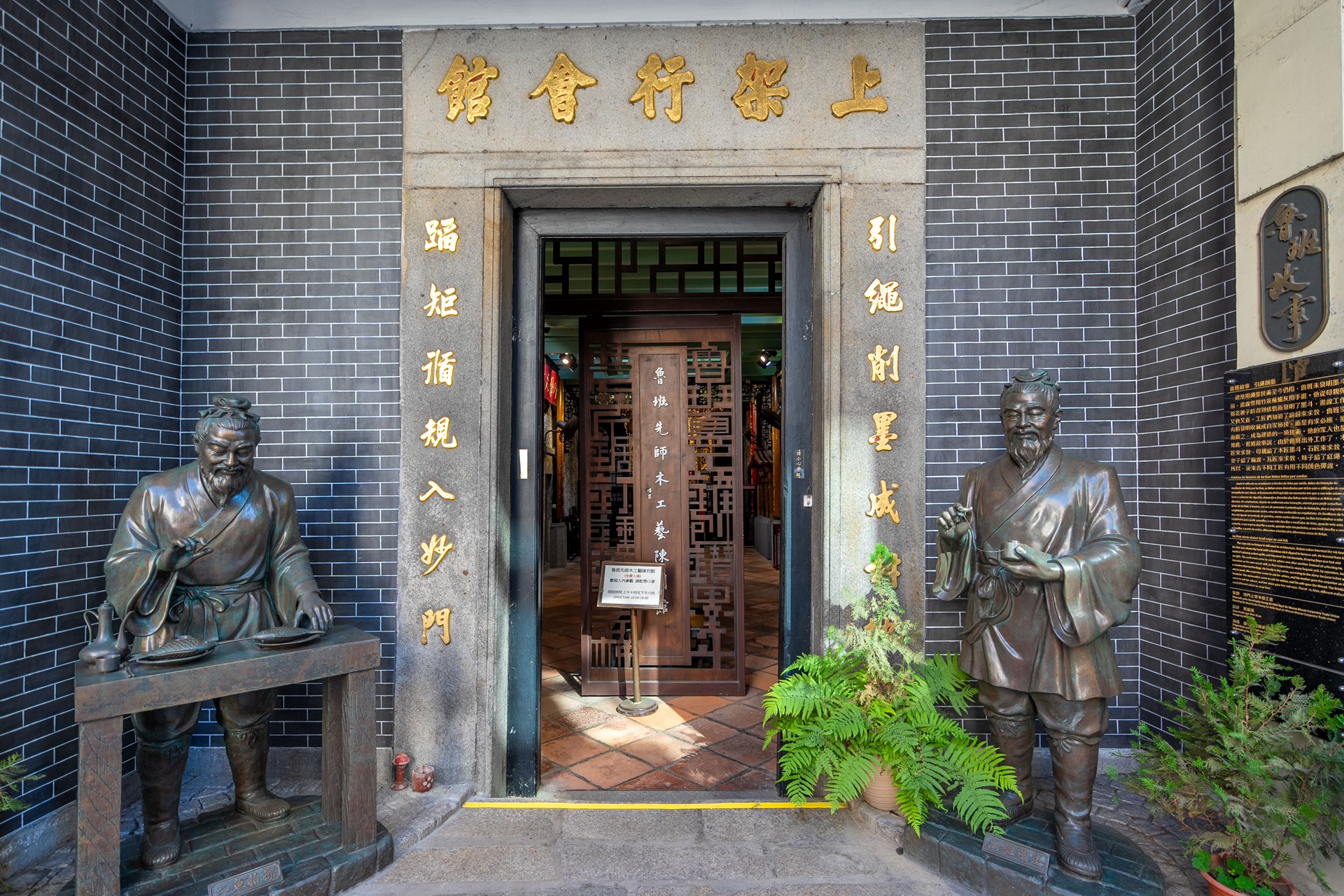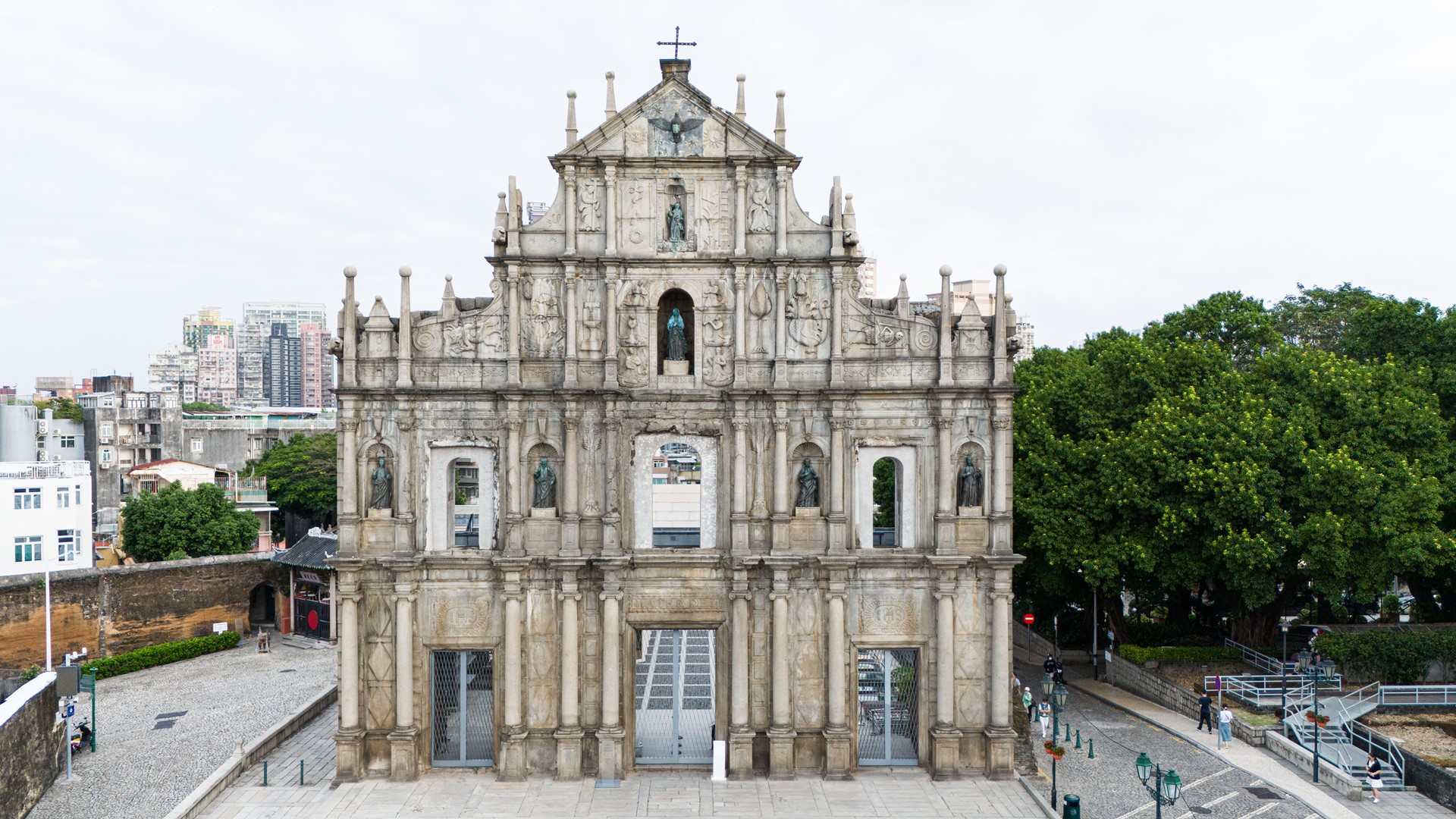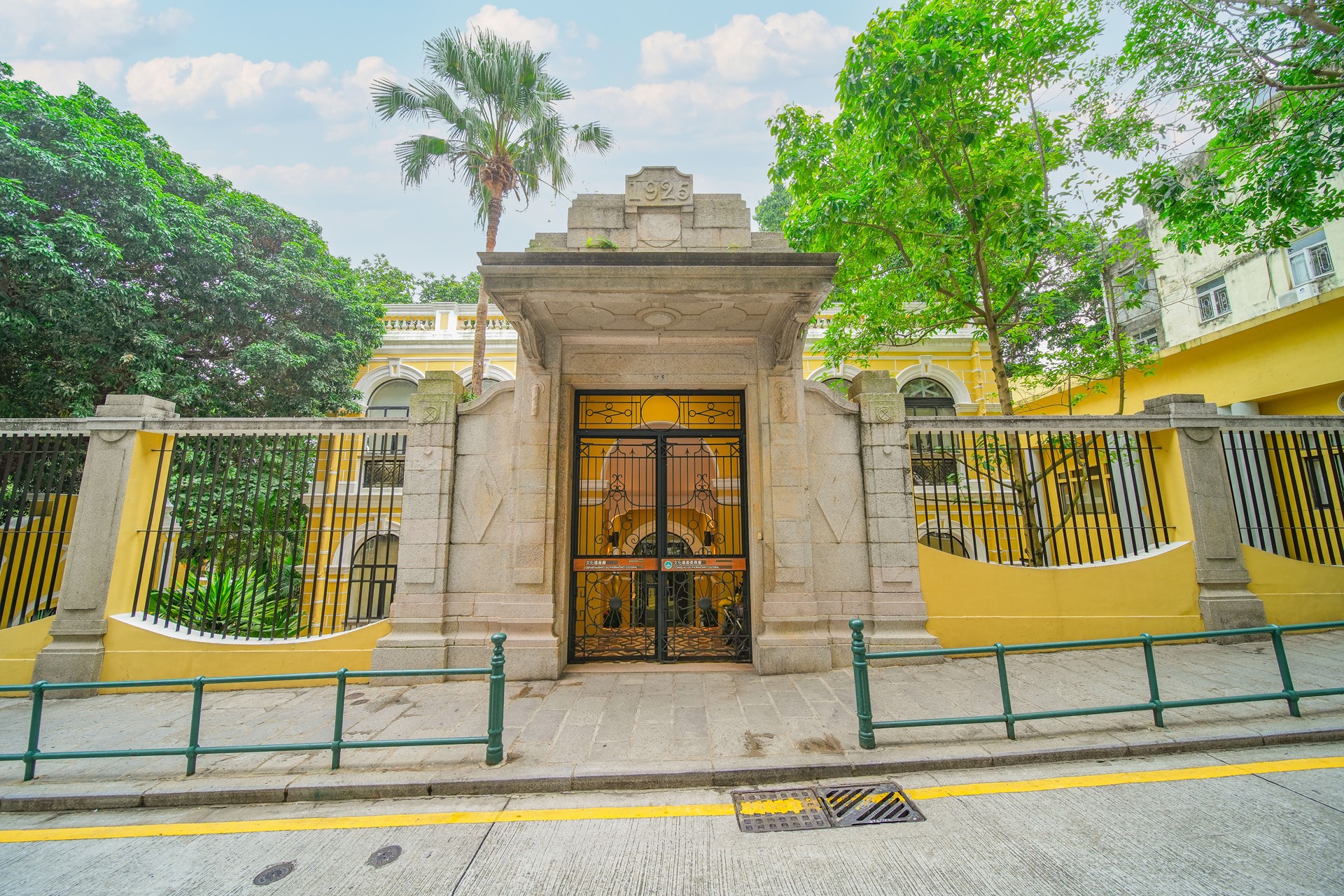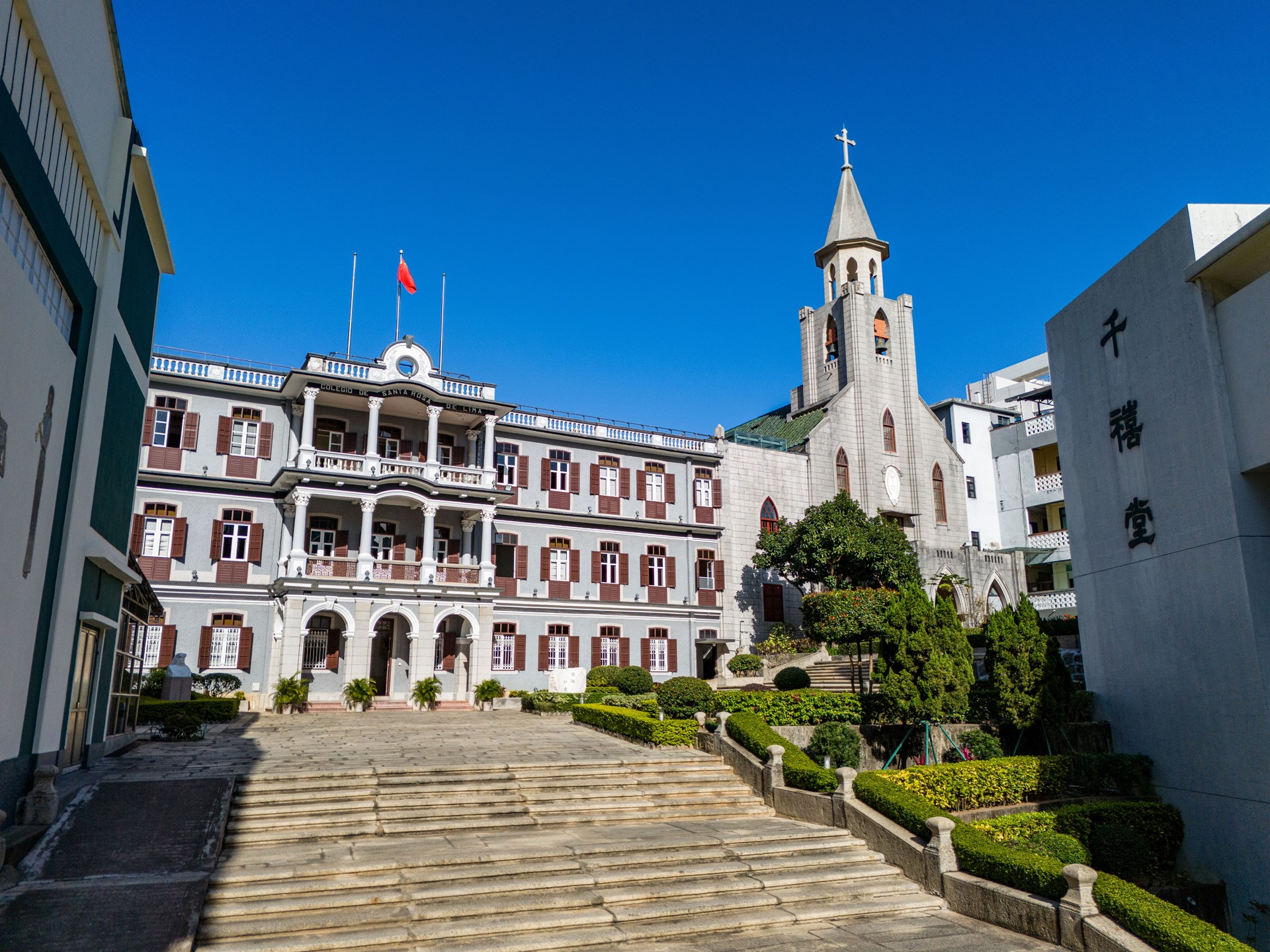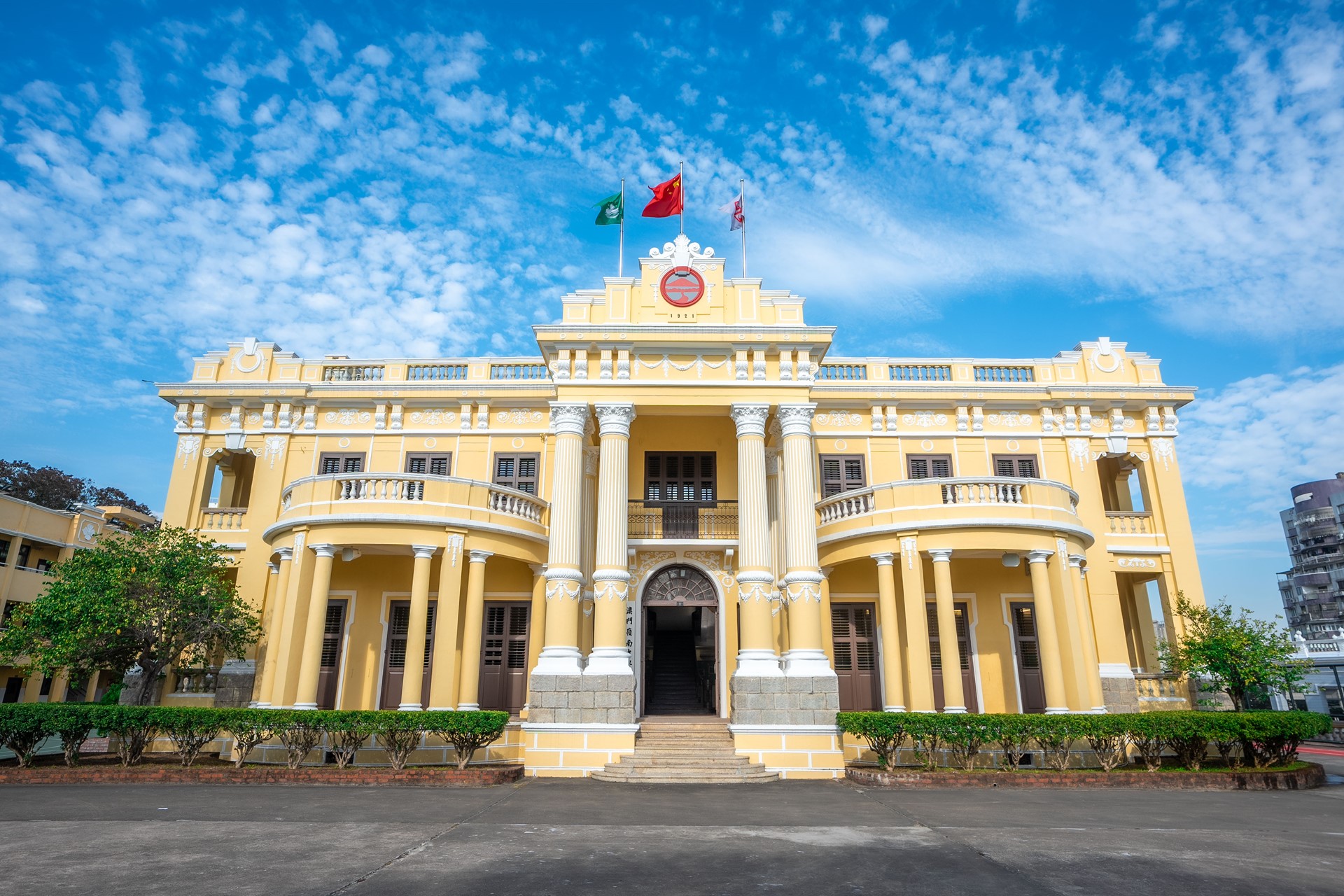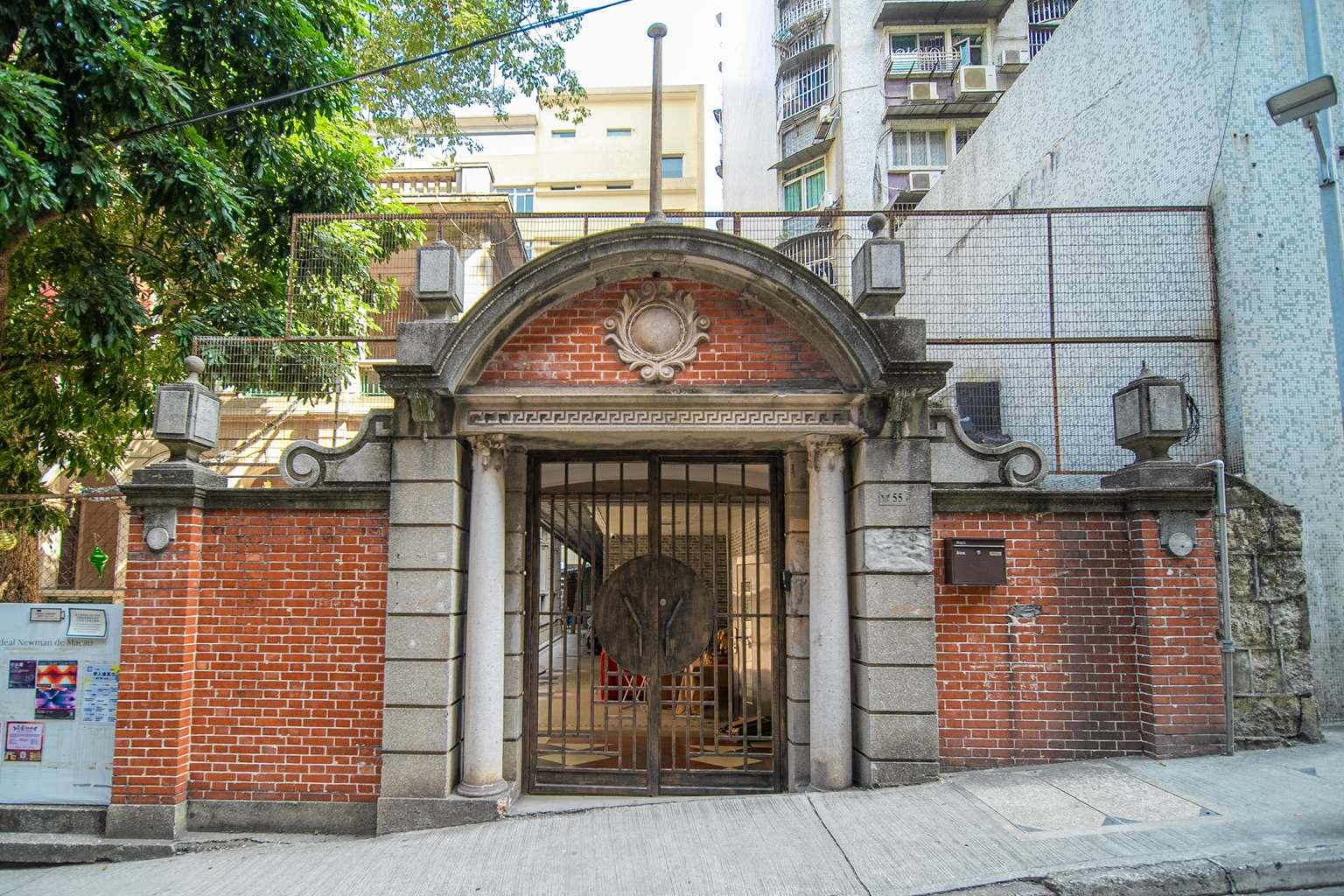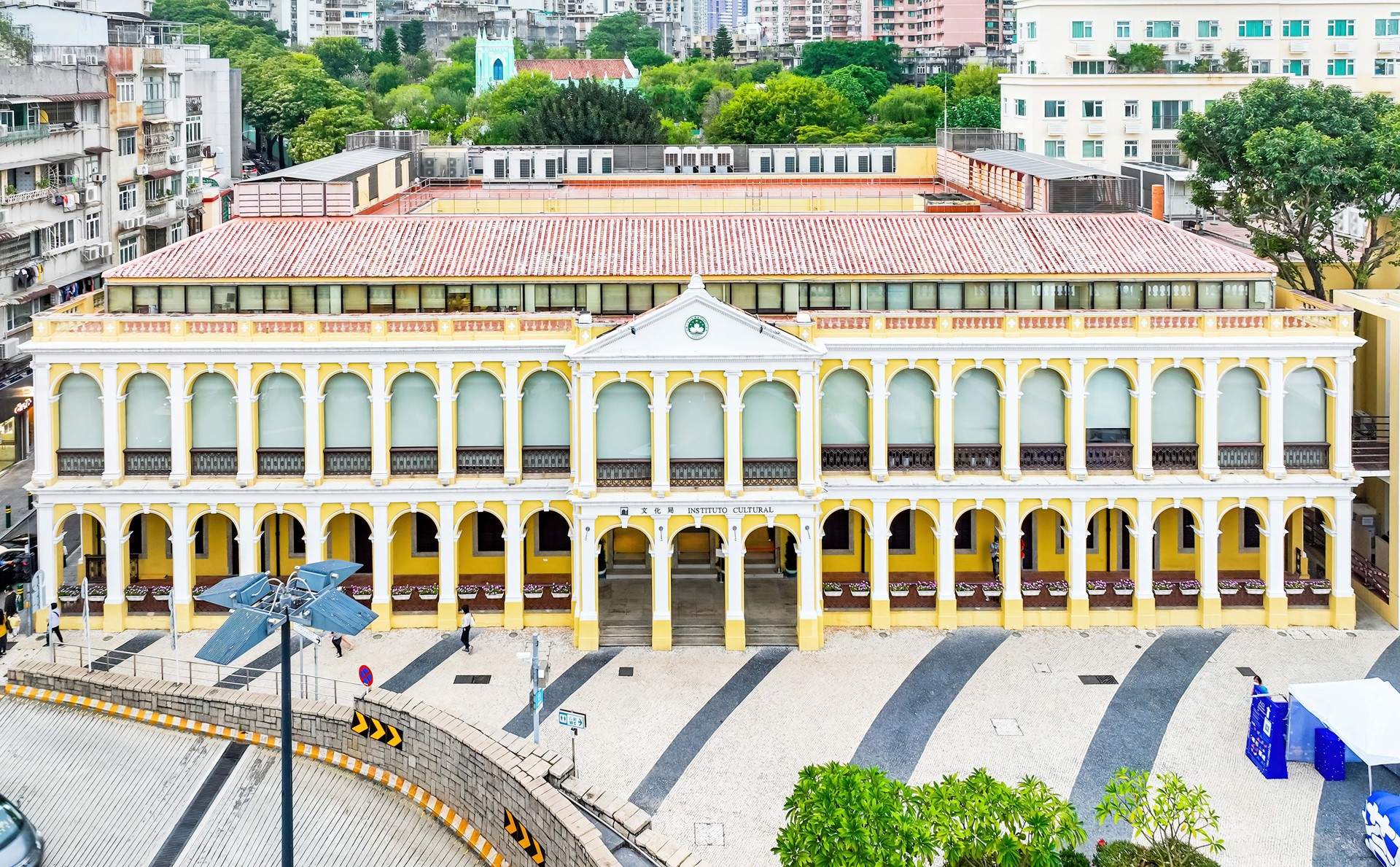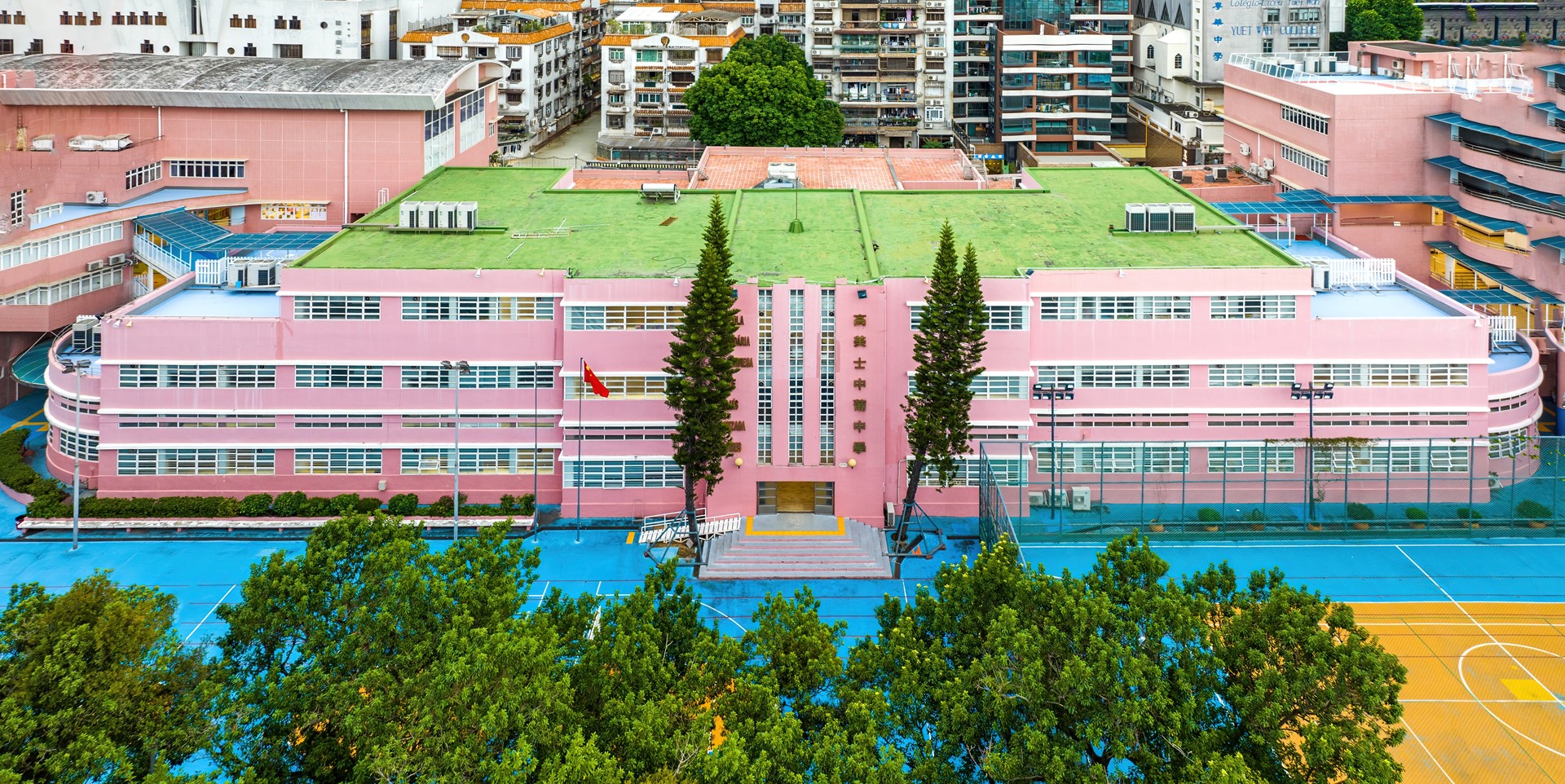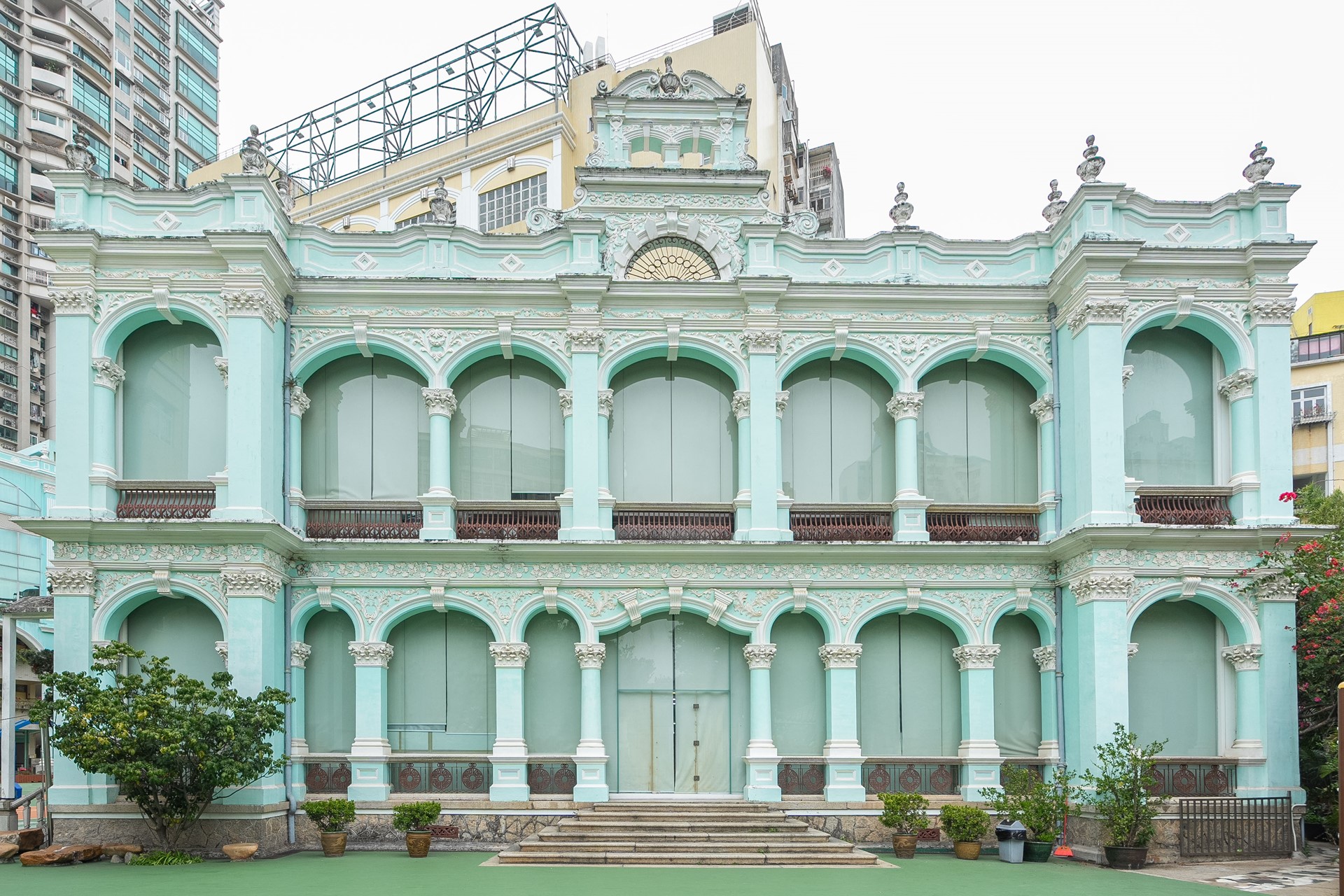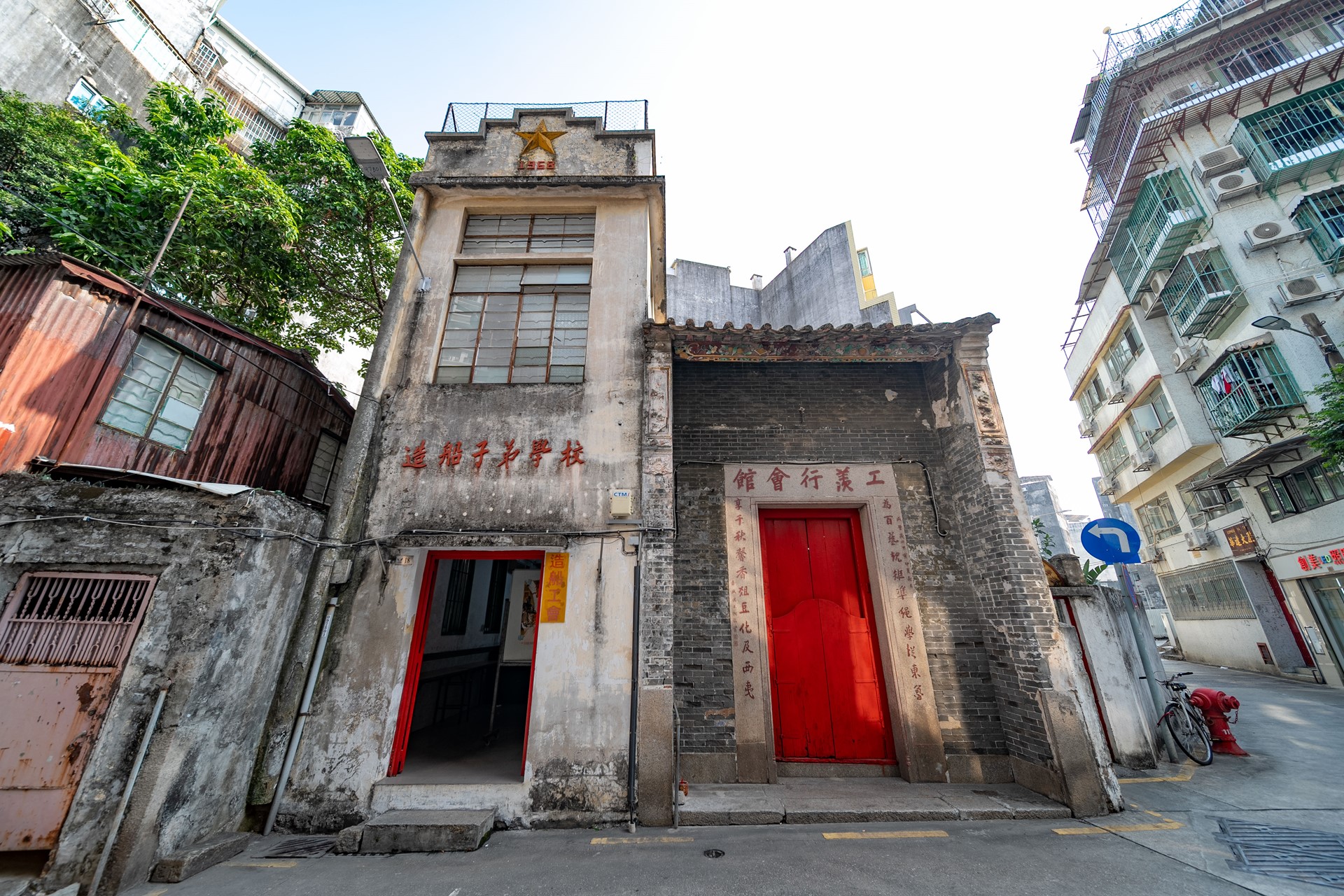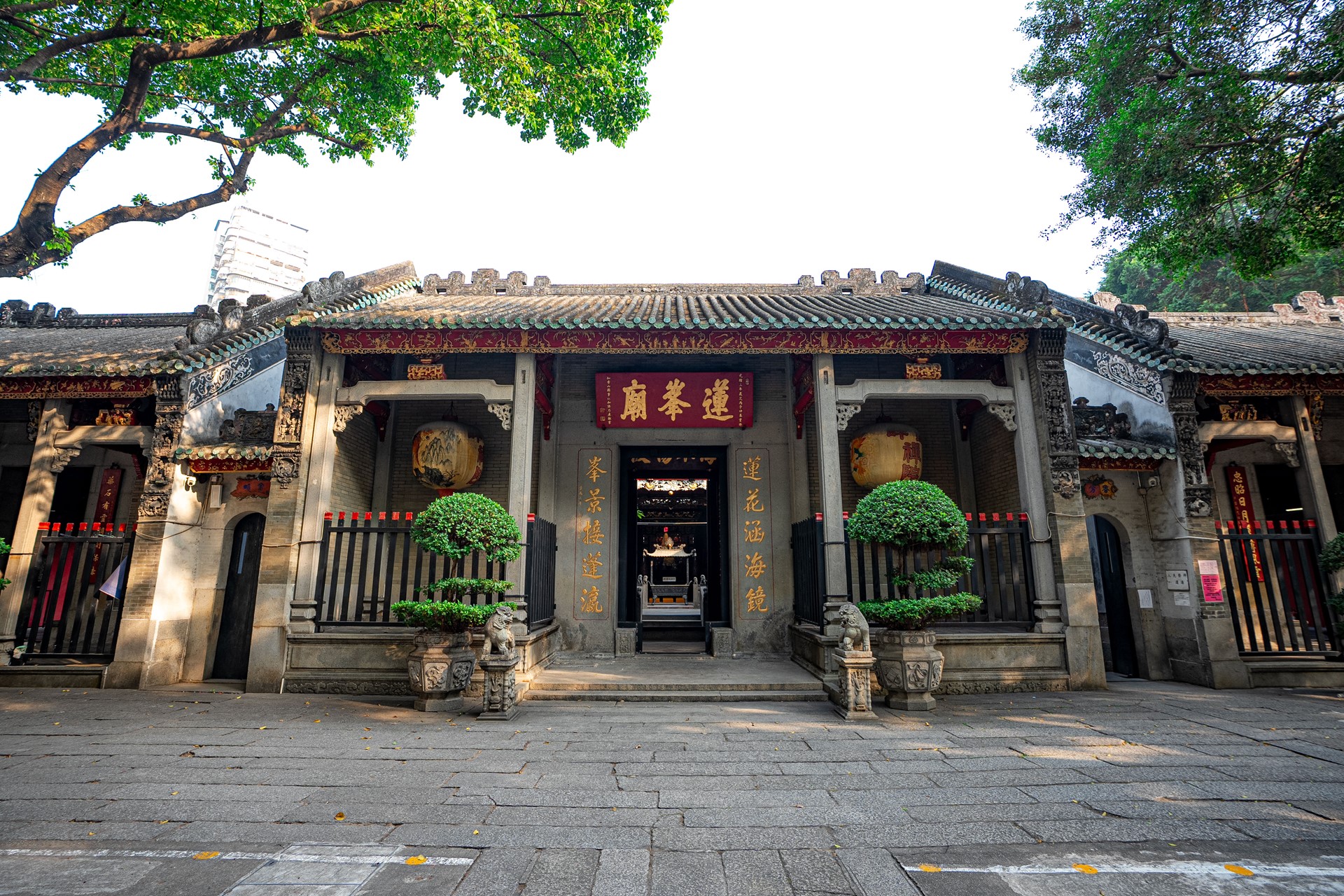Founded in 1840, the Carpenters Guildhall, located on Rua de Camilo Pessanha, is one of the earliest guilds established in Macao. The local construction industries in Macao are categorized into three types: shangjia referring to the construction industry; xiajia referring to the shipbuilding industry; and zhongjia referring to the transportation industry. The term shangjia colloquially known as “three trades”, refers collectively to the carpentry, scaffolding and stone masonry (or lacquering) industries.
Since the arrival of the Portuguese in Macao, the education of Chinese children was primarily undertaken by non-government organisations. These groups established schools to provide opportunities for Chinese children to learn. By the 20th century, various local trade unions had founded schools specifically for the children of their members, including those of ironworking, shipbuilding, masonry, fresh fish, and preserved meat industries. The Macao Carpentry Trade Union also founded a school serving the children of those employed in the shangjia trades.
The Carpenters’ Children School was opened in 1948 in the Carpenters Guildhall. Initially, classes were given in the evening, covering subjects such as Chinese, letter writing, general studies, arithmetic and abacus, later transitioning to a day school. Due to space limitation, the school only offered up to the fourth grade. Each class had about 20 to 30 students, with the entire school totalling around 100 students. Most students, either children of those working in the woodworking industry or recommended by friends, attended the school, which operated without a formal admission system until 1960.
Such Chinese free schools initiated by trade unions played a positive role in spreading the Chinese language and mass education in Macao. Over the years, some of these schools have developed and gradually became a mainstream part of non-tertiary education in the city. Due to their targeted student base, these schools have developed a tradition of educational autonomy, reflecting the uniqueness and diversity of Macao's education system.
